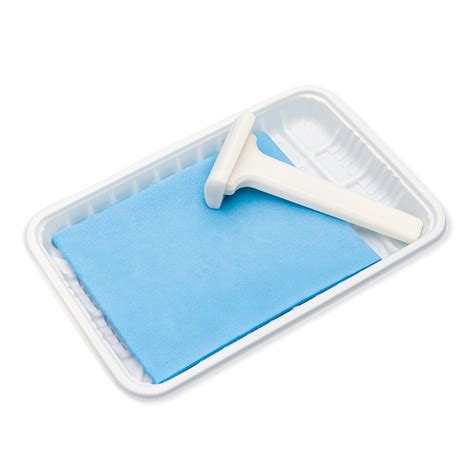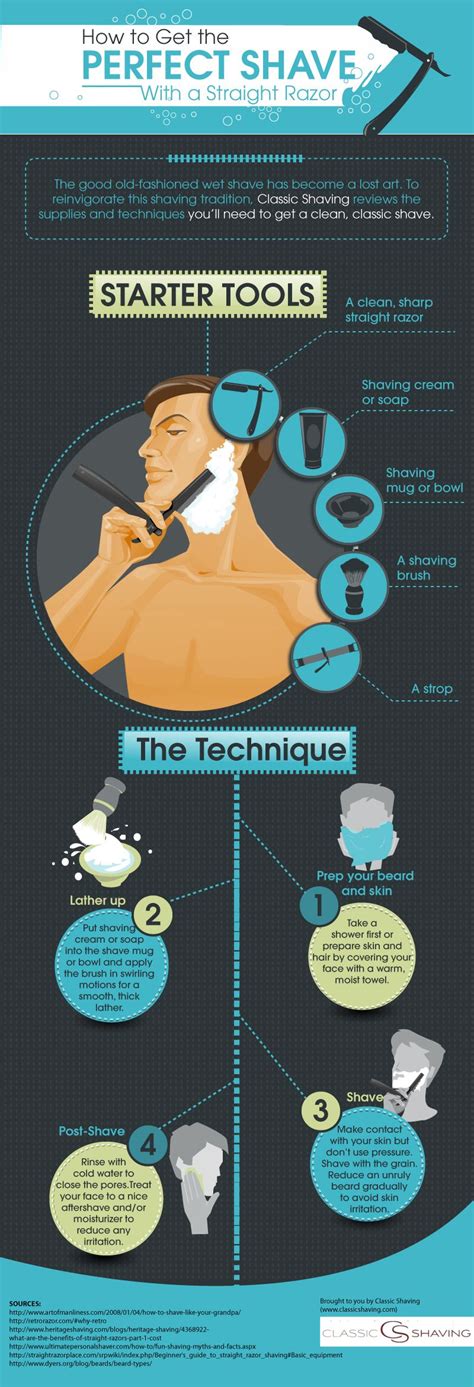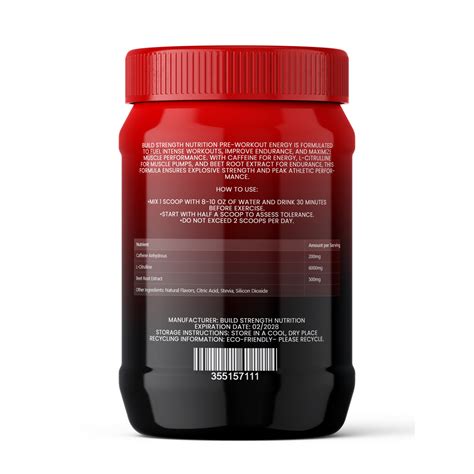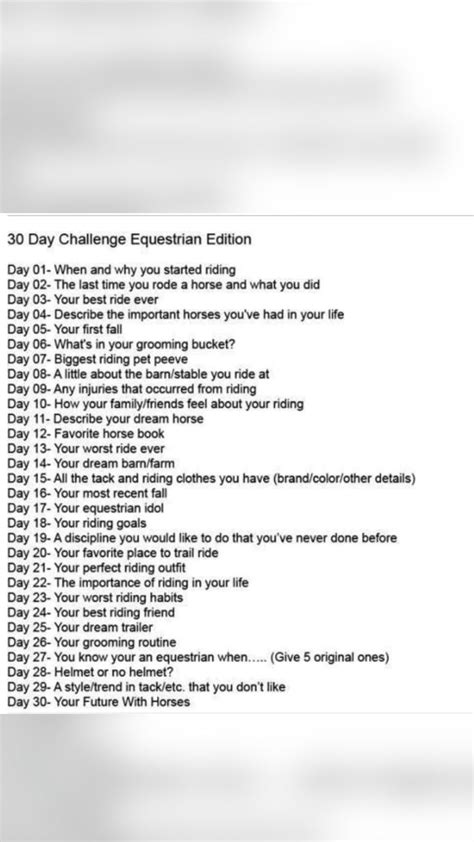Peak shave: Prevent razor burn & ingrowns. What’s the optimal routine?

Shaving is often a daily ritual, but for many, it’s fraught with the dread of razor burn, unsightly bumps, and painful ingrown hairs. Achieving that “peak shave” – a smooth, comfortable, and irritation-free experience – is not just a dream; it’s an achievable reality with the right routine. This guide will walk you through the optimal steps to transform your shave from a chore into a luxurious self-care practice, leaving your skin looking and feeling its best.
Understanding the Enemy: Razor Burn and Ingrowns
Razor burn manifests as red, irritated skin, often accompanied by a stinging sensation. It’s typically caused by a dull blade, too much pressure, or shaving against the grain. Ingrown hairs, on the other hand, occur when a hair curls back into the skin instead of growing outwards, leading to itchy, inflamed bumps. Both are preventable with a meticulous approach.
The Pre-Shave Ritual: Setting the Stage
The foundation of a great shave begins before the blade even touches your skin. Proper preparation softens the hair, opens pores, and creates a protective barrier.

Start by washing your face with warm water and a gentle cleanser. The warmth helps to open pores and soften stubble, making it easier to cut. Consider a mild facial scrub or a warm towel compress for a minute or two to exfoliate dead skin cells and lift hairs, preventing ingrowns. Follow this with a high-quality pre-shave oil. This vital step creates a lubricating layer between your skin and the razor, significantly reducing friction and protecting against irritation.
The Shave Itself: Precision and Patience
With your skin primed, it’s time for the main event. The tools and your technique are paramount here.

Choose Your Weapon Wisely
A sharp blade is non-negotiable. A dull blade drags, pulls, and causes micro-tears, leading directly to razor burn. Change your razor blade or cartridge every 5-7 shaves, or sooner if you feel any tugging. Invest in a quality shaving cream or soap that creates a rich, creamy lather. This acts as a cushion, allowing the blade to glide effortlessly. Apply the lather generously in a circular motion, ensuring all hairs are fully coated and lifted.
Mastering the Technique
Always shave with the grain – in the direction your hair grows. This might not give you the closest shave on the first pass, but it drastically reduces irritation and the risk of ingrowns. If you desire a closer shave, re-lather and make a second pass across the grain, or carefully against the grain only in areas where your skin tolerates it well. Use light, short strokes, letting the razor’s weight do the work. Rinse your blade frequently under warm water to clear away hair and product buildup, maintaining optimal cutting efficiency.

Post-Shave Perfection: Soothing and Protecting
The shave isn’t over when the last stubble is gone. Post-shave care is crucial for calming the skin and locking in moisture.

Rinse your face thoroughly with cool water to close pores and remove any remaining shaving cream. Gently pat your face dry with a clean towel; do not rub. Immediately apply an alcohol-free aftershave balm or lotion. Look for ingredients like aloe vera, witch hazel (non-alcoholic), and hyaluronic acid, which soothe, hydrate, and reduce redness. Avoid products with high alcohol content, as these can dry out and irritate freshly shaved skin. Finish with a good quality moisturizer to keep your skin supple and protected throughout the day.
Beyond the Blade: Ongoing Care and Troubleshooting
Maintaining a healthy shaving routine extends beyond the immediate shave.

Regular, gentle exfoliation 2-3 times a week (but not on shaving day, or right before/after) helps prevent ingrown hairs by keeping pores clear. Ensure your shaving tools are clean and stored properly. If you’re particularly prone to ingrowns, consider using a single-blade safety razor or an electric shaver, which cut hair less aggressively than multi-blade cartridges. For persistent issues, consult a dermatologist.
Achieving a peak shave – one free from razor burn and ingrown hairs – is entirely within your grasp. By adopting a disciplined routine encompassing thorough pre-shave preparation, precise shaving technique, and meticulous post-shave care, you can transform your daily ritual. Embrace these steps, and enjoy the confidence that comes with a consistently smooth, healthy, and irritation-free complexion.








